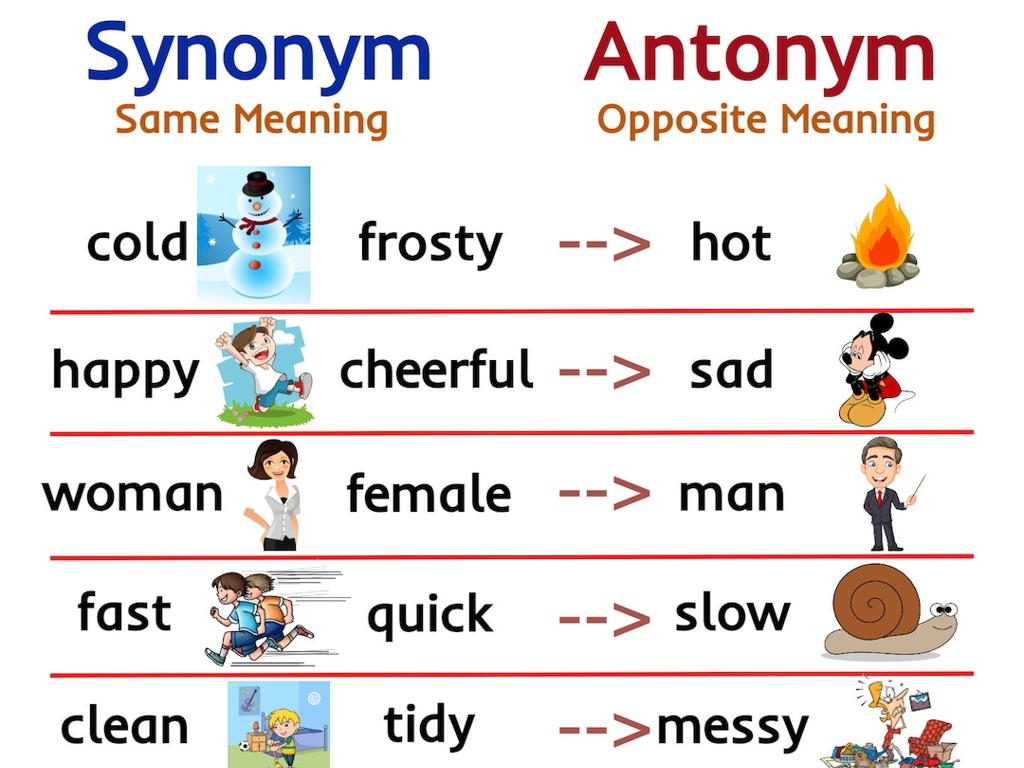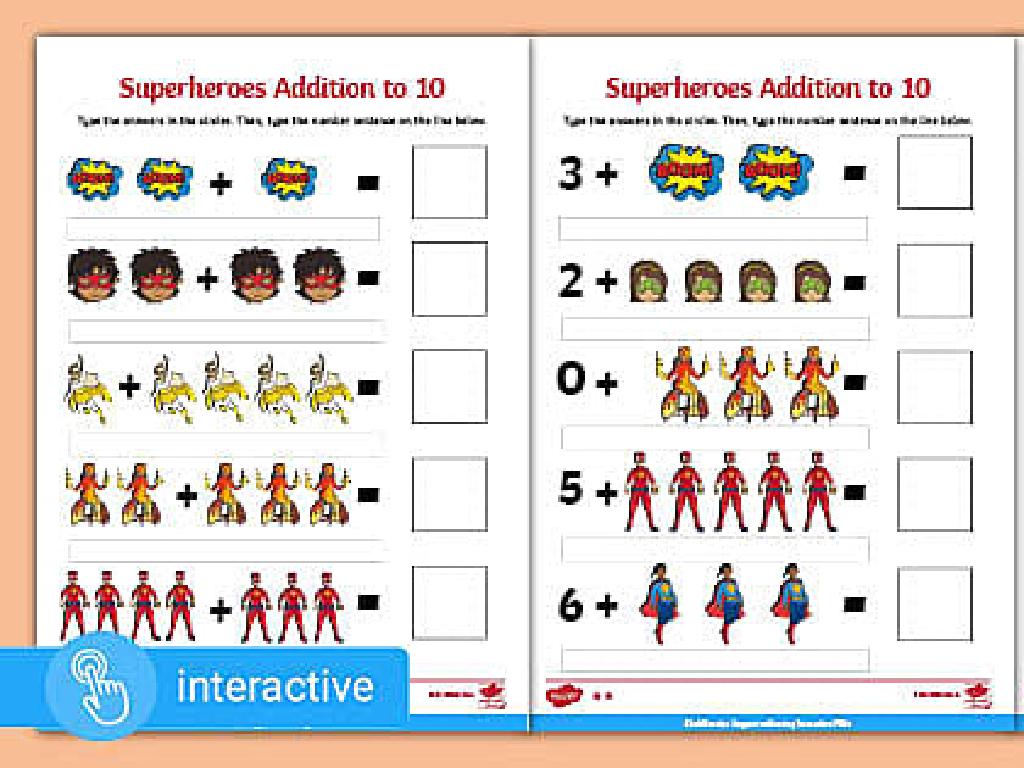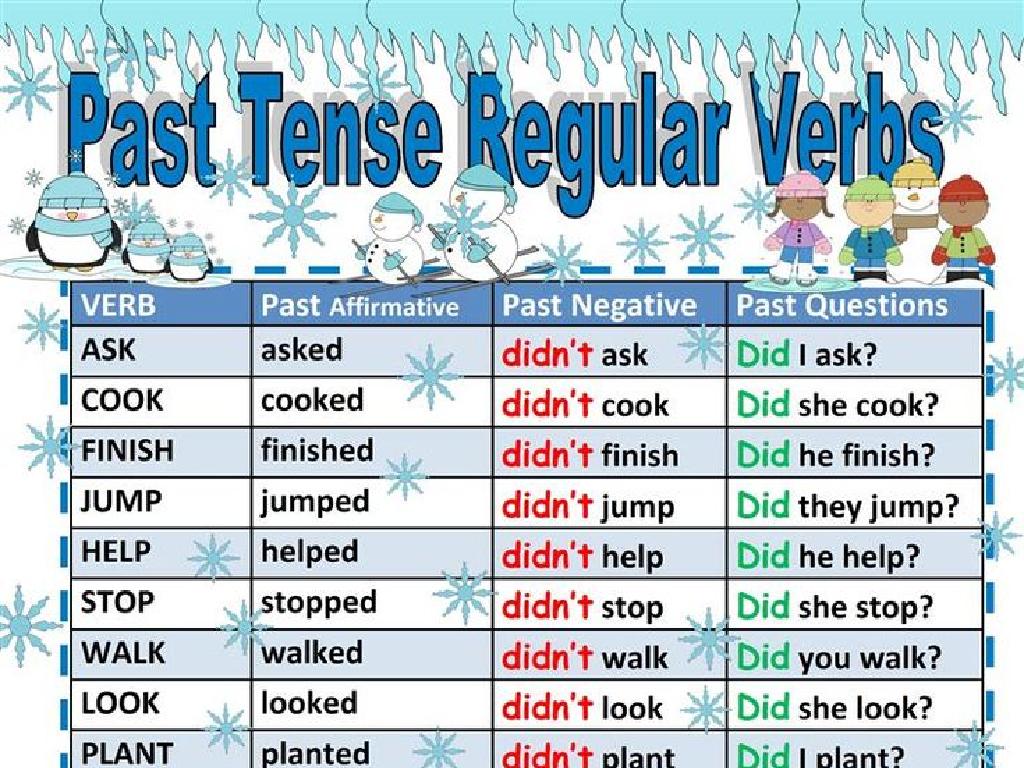Commas With Compound And Complex Sentences
Subject: Language arts
Grade: Eighth grade
Topic: Commas
Please LOG IN to download the presentation. Access is available to registered users only.
View More Content
Mastering Commas in Sentences
– Comprehend punctuation significance
– Commas in compound sentences
– Use before conjunctions like ‘and’, ‘but’, ‘or’ to separate independent clauses
– Commas in complex sentences
– Place after introductory phrases or before conjunctions that join dependent clauses
– Commas ensure writing clarity
|
This slide introduces the importance of commas in ensuring the clarity of written communication, particularly in compound and complex sentences. Emphasize to students that punctuation is not just a set of arbitrary rules but a tool to convey meaning and structure. In compound sentences, commas are used before conjunctions to separate two independent clauses. In complex sentences, they are used after introductory phrases or before conjunctions that join dependent clauses. Understanding and applying these rules will help students write more clearly and effectively. Provide examples of both types of sentences and have students practice punctuating them correctly.
Understanding Commas in Sentences
– Define the comma
– A punctuation mark indicating a pause between parts of a sentence
– Commas’ role in sentences
– Commas organize sentences and clarify meaning
– Simple comma usage examples
– For instance, separating items in a list: apples, oranges, and bananas
– Practice identifying commas
|
This slide introduces the comma as a fundamental aspect of English grammar, essential for clear communication. Begin with a definition, explaining that a comma signifies a brief pause in a sentence and is used to separate elements. Highlight the importance of commas in preventing misreading and in providing structure to sentences. Use straightforward examples to show commas in action, such as in lists or between adjectives. Encourage students to look for commas in their reading and to be mindful of comma placement in their writing. The practice activity can involve identifying commas in sentences and explaining their purpose to reinforce learning.
Commas in Compound Sentences
– Define compound sentence
– A sentence with at least two independent clauses joined by a conjunction
– Commas with independent clauses
– Use a comma before conjunctions like ‘and’, ‘but’, or ‘or’ when connecting clauses
– Example of comma usage
– ‘I wanted to buy the chocolate, but it was too expensive.’ shows a pause and contrast
|
This slide introduces the concept of compound sentences and the use of commas within them. A compound sentence is made up of two or more independent clauses that are connected by conjunctions such as ‘and’, ‘but’, or ‘or’. It’s important to place a comma before the conjunction when the clauses are both independent to indicate a pause and to clarify the sentence structure. The example provided illustrates how the comma is used before ‘but’ to separate the two independent thoughts. Encourage students to create their own examples of compound sentences and practice placing commas correctly.
Commas in Complex Sentences
– Define complex sentence
– A sentence with one independent clause and at least one dependent clause.
– Commas usage in complex sentences
– Commas separate the dependent clause when it comes before the independent clause.
– Example of a complex sentence
– ‘Because it was raining, the match was postponed.’ The comma after ‘raining’ shows the break between the dependent clause and the main idea.
|
This slide introduces the concept of complex sentences and the role of commas within them. A complex sentence contains one independent clause (a complete thought) and at least one dependent clause (cannot stand alone). When the dependent clause comes before the independent clause, a comma is used to separate them. For example, in the sentence ‘Because it was raining, the match was postponed,’ ‘Because it was raining’ is the dependent clause that provides a reason for the action in the independent clause ‘the match was postponed.’ Ensure students understand that if the dependent clause comes after the independent clause, no comma is needed. Practice with additional examples to reinforce the concept.
Comma Placement Practice
– Identify necessary comma placements
– Determine where commas should be added in sentences
– Practice with provided sentences
– Example: ‘Before we left the house, we checked to make sure all the lights were off.’
– Engage in interactive class discussion
– Discuss reasons for comma placement choices
– Understand comma usage rules
|
This slide is aimed at reinforcing the students’ understanding of comma usage in compound and complex sentences. Begin by explaining the rules for comma placement, such as after introductory phrases or between independent clauses in a compound sentence. Provide students with example sentences and have them practice inserting commas where necessary. Then, facilitate an interactive class discussion where students explain their reasoning for comma placement, allowing them to learn from each other’s insights. Emphasize the importance of commas in clarifying the meaning of sentences and enhancing readability. This activity will help students become more confident in their punctuation skills.
Avoiding Comma Splices
– Define a comma splice
– A comma splice occurs when two independent clauses are joined by just a comma without a coordinating conjunction.
– Methods to fix comma splices
– Use a period, semicolon, or conjunction with a comma to fix splices.
– Practice correcting splices
– We’ll correct sentences together to identify and fix comma splices.
– Understanding through examples
– Let’s look at examples to solidify our understanding of comma splices.
|
This slide introduces the concept of comma splices, a common grammatical error in compound sentences. It’s crucial to explain that a comma splice incorrectly joins two independent clauses without proper conjunctions or punctuation. Provide strategies for fixing comma splices, such as using a period to make two separate sentences, a semicolon to connect closely related ideas, or adding a coordinating conjunction with a comma. During class, engage students with practice exercises where they identify and correct comma splices in given sentences. Use examples from their reading materials or create relatable content to ensure they can apply these rules in their writing. The goal is to help students recognize and avoid this error, improving their writing clarity and coherence.
Let’s Practice Together: Comma Usage
– Engage in comma placement activity
– Pair up to apply comma rules
– Share and discuss answers
– Discuss why commas were placed in certain spots
– Understand comma usage in sentences
– Focus on compound and complex sentences
|
This slide introduces a class activity focused on the practical application of comma rules in compound and complex sentences. Students will work in pairs to complete a worksheet on comma placement, which encourages collaboration and peer learning. After the activity, pairs will share their answers with the class, providing an opportunity for discussion and clarification of any misunderstandings. This interactive approach helps reinforce the rules and the reasoning behind comma usage. As a teacher, be prepared to facilitate the discussion, highlight common errors, and provide examples to ensure a comprehensive understanding of the topic. Possible activities could include correcting sentences, adding commas to run-on sentences, or creating their own examples of compound and complex sentences to test each other.
Class Activity: Comma Hunt
– Find comma errors in a paragraph
– Work in small groups
– Collaboration enhances learning and understanding
– Present and explain corrections
– Each group discusses their findings with the class
– Understand comma usage in sentences
– Focus on compound and complex sentence structures
|
This activity is designed to reinforce the rules of comma usage within compound and complex sentences. Students will be given a paragraph with deliberately placed comma errors. They will work in small groups to identify and correct these errors, promoting teamwork and collaborative learning. After the activity, each group will present their corrected paragraph to the class and explain the reasoning behind their changes. This will help students articulate the rules of comma usage and understand the common mistakes to avoid. The teacher should prepare paragraphs of varying difficulty to cater to different skill levels within the class and ensure that each paragraph includes a mix of compound and complex sentences to challenge the students.
Conclusion & Homework: Mastering Commas
– Recap comma rules for sentences
– Homework: 10 sentences practice
– Write 5 compound and 5 complex sentences using commas correctly.
– Correct comma use in structures
– Focus on correct placement in each sentence type.
– Remember: Practice makes perfect!
|
As we wrap up today’s lesson on commas in compound and complex sentences, remind students of the key rules discussed. For homework, they should write 5 compound sentences and 5 complex sentences, correctly using commas. This will help reinforce their understanding of the lesson. Emphasize the importance of practice in mastering punctuation. In the next class, we can review some of these sentences as examples and provide feedback, ensuring that students are applying the rules correctly.






